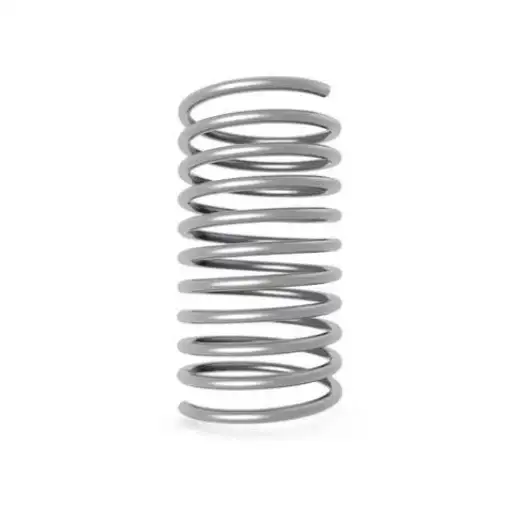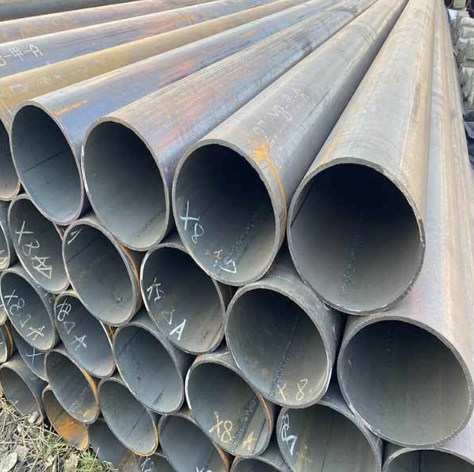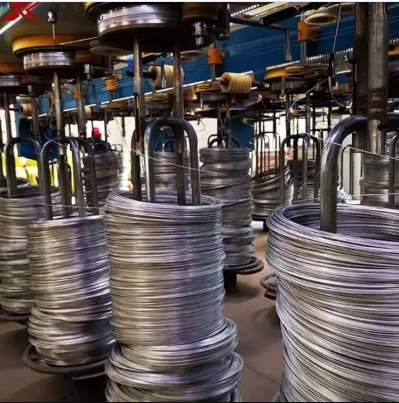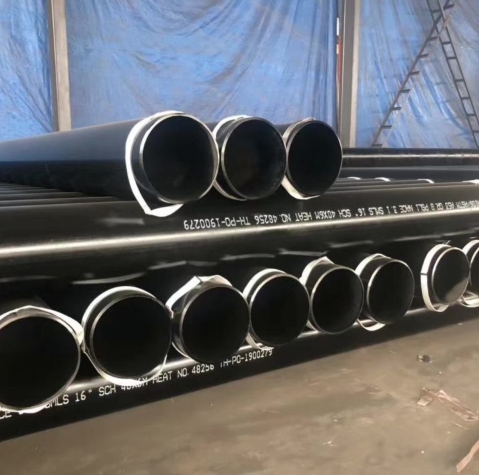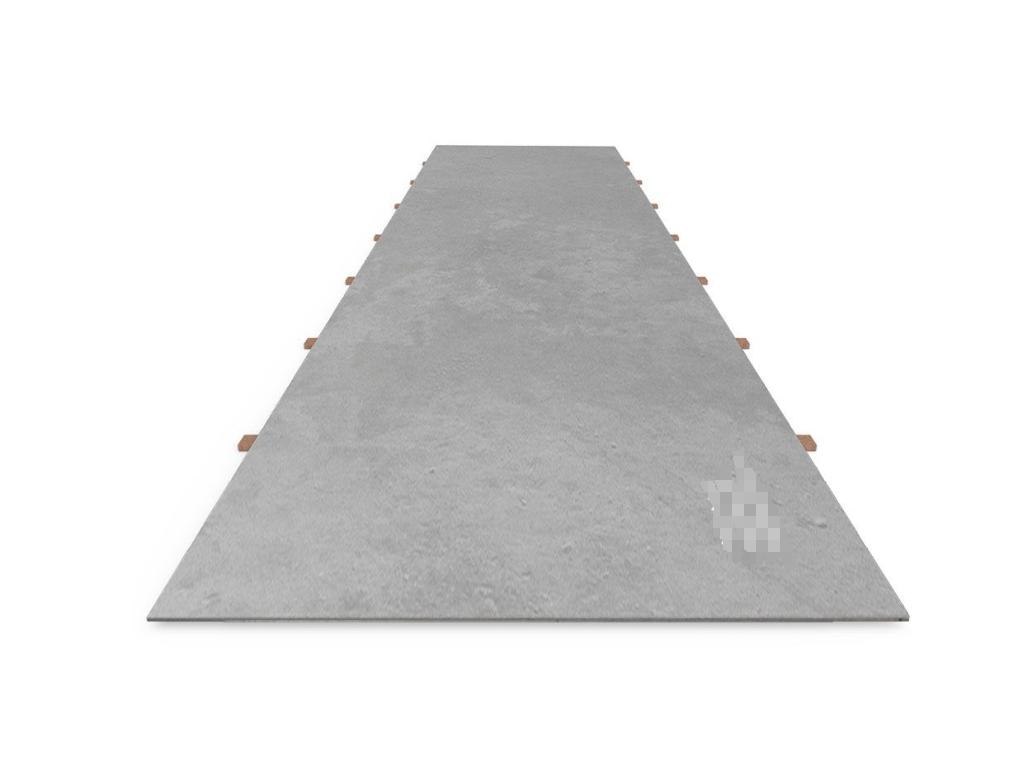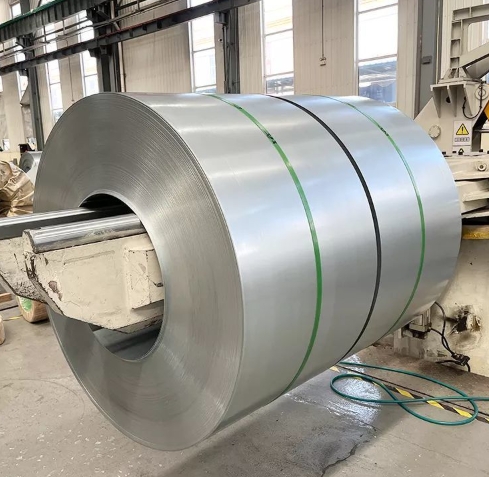Understanding Cold Rolled Silicon Transformer Steel
Cold Rolled Silicon Transformer Steel, often referred to as electrical steel or silicon steel, is a specialty steel alloy engineered with specific magnetic properties for use in electromagnetic applications. Its primary function is to efficiently channel and concentrate magnetic flux, making it an indispensable component in the cores of transformers, electric motors, and generators.
Key Characteristics
This material is defined by several critical properties:
- Low Core Loss: This is fundamental for energy efficiency. Core loss, comprising hysteresis and eddy current losses, is energy dissipated as heat within the magnetic core. The addition of silicon (typically 1-4.5%) significantly increases electrical resistivity, thereby reducing eddy current losses.
- High Magnetic Permeability: This indicates the ease with which the material can be magnetized. High permeability allows for strong magnetic fields to be generated from relatively weak magnetizing forces, crucial for efficient device operation.
- Controlled Gauge and Flatness: Precision in thickness (gauge) and excellent flatness are vital for achieving a high stacking factor in laminated cores. This minimizes air gaps between laminations, improving overall magnetic performance and reducing audible noise.
- Specific Grain Structure: The manufacturing process, particularly cold rolling and subsequent annealing treatments, is meticulously controlled to develop an optimal grain structure (crystallographic texture) that enhances the desired magnetic properties.
Types of Silicon Steel
There are two main categories of cold-rolled silicon steel, distinguished by their grain structure and resultant magnetic properties:
- Grain-Oriented (GO) Electrical Steel: GO steel is anisotropic, meaning its magnetic properties are significantly superior in the rolling direction. This is achieved through a complex series of cold rolling and high-temperature annealing processes that align the crystal grains in a preferred orientation (Goss texture). It is predominantly used in the cores of power and distribution transformers where the magnetic flux follows a well-defined path. Suppliers like Shanxi Luokaiwei Steel Company offer various grades of GO steel tailored to specific transformer design requirements and efficiency standards.
- Non-Oriented (NO) Electrical Steel: NO steel is designed to be relatively isotropic, exhibiting reasonably uniform magnetic properties in all directions within the plane of the sheet. This makes it suitable for applications where the direction of magnetic flux is rotational or varies, such as in electric motors, generators, relays, and small transformers.
Manufacturing and Quality
The production of cold-rolled silicon steel is a sophisticated metallurgical process. It typically involves melting high-purity iron, alloying with silicon, casting into slabs, hot rolling, pickling to remove scale, multiple stages of cold rolling to achieve the final thickness, and critical annealing processes. The annealing stages are vital for decarburization, stress relief, and promoting specific grain growth, all crucial for attaining the desired magnetic characteristics. Quality control throughout the manufacturing process is exceptionally stringent, ensuring consistency in magnetic properties (e.g., core loss, permeability), dimensional tolerances, and surface quality. Companies such as Shanxi Luokaiwei Steel Company invest in process control and testing to adhere to international standards (e.g., IEC, ASTM, JIS, EN) and guarantee the performance of their electrical steel products.
Applications and Selection
The primary applications of cold-rolled silicon transformer steel directly leverage its magnetic properties:
- Power and distribution transformers (predominantly GO steel)
- Electric motors and generators (predominantly NO steel)
- Inductors, chokes, and reactors
- Magnetic amplifiers and current transformers
- Small appliances and specialized electromagnetic devices
The selection of a specific grade of silicon steel (e.g., M3, M4, M5 for GO; various NO grades like M15, M19, M27, M36, M47 based on loss limits) and its thickness (typically ranging from 0.18mm to 0.65mm) depends heavily on the application’s operating frequency, design flux density, efficiency targets, and cost considerations. For specialized applications requiring high-performance materials or specific coating types (e.g., C5, C6 insulating coatings), sourcing from reputable manufacturers is crucial. These manufacturers, which may include established entities like Shanxi Luokaiwei Steel Company, often provide comprehensive technical data and support. Furthermore, the ongoing development by steel producers, including firms like Shanxi Luokaiwei Steel Company known for their range of steel products, leads to advanced grades with even lower core losses and improved permeability, catering to the increasing demand for high-efficiency electrical equipment.



